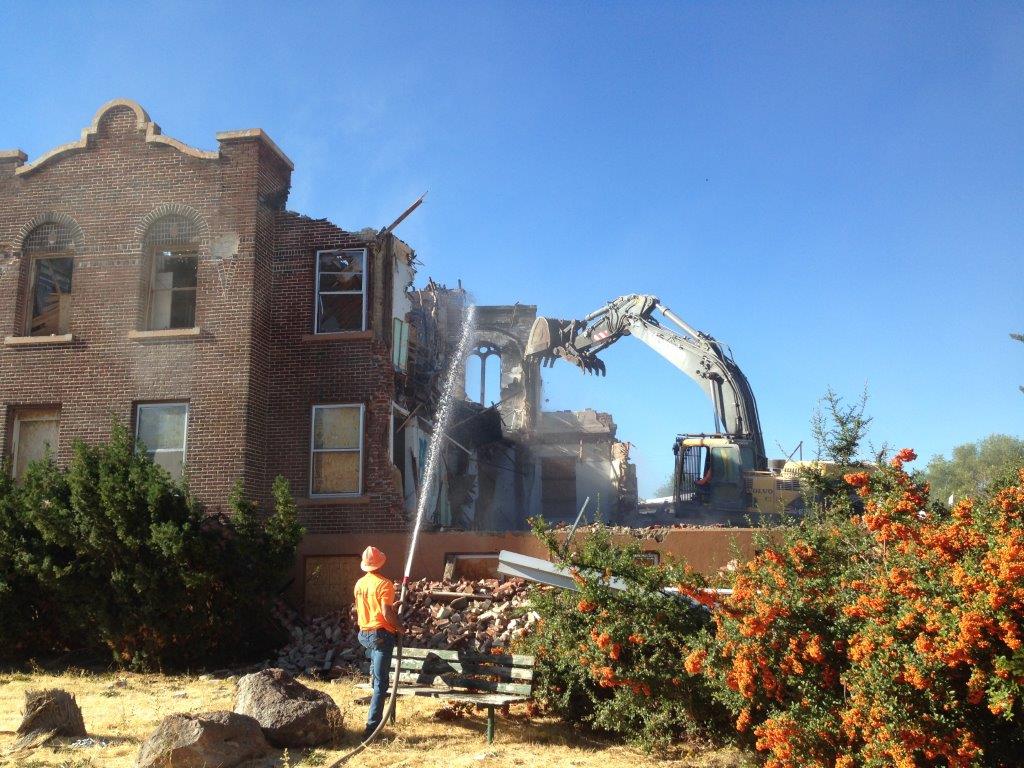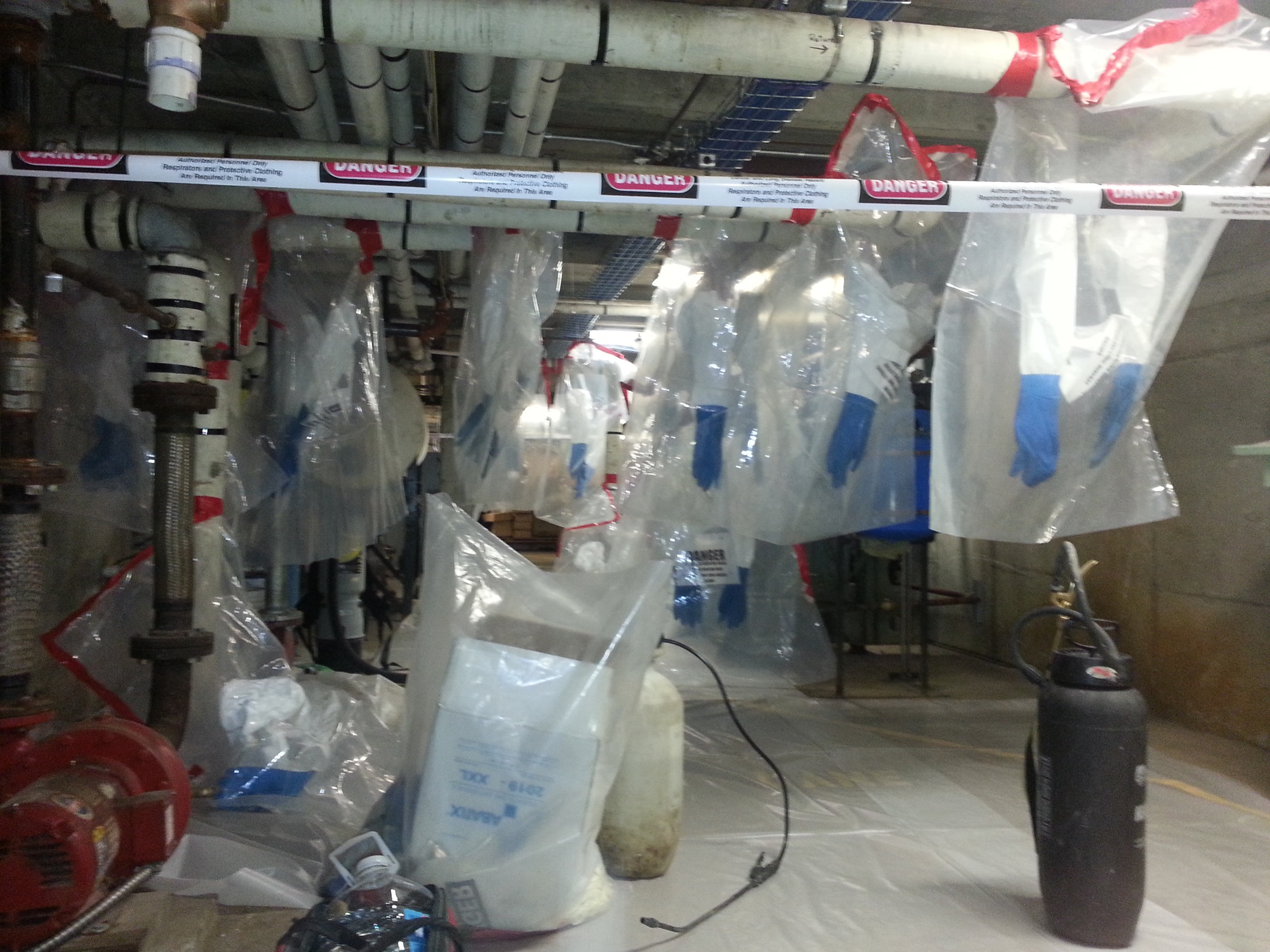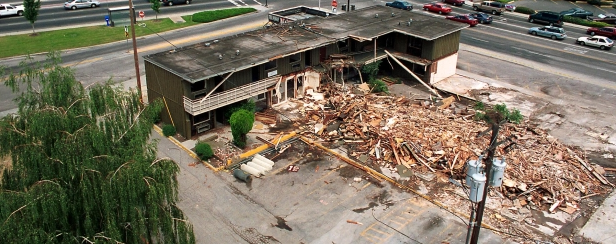When the first New York subway was built in the early 1900s, most of the tunnels were dug by hand or machine using what was known as the cut-and-cover method. To avoid damage to buildings and roads, blasting was often used as a last resort.
Do you ever worry that a simple oversight on the part of your crew could cause a demolition to take longer than you have allocated for the job? Using a professional demolition crew can ensure that your project runs smoothly and according to schedule.
Blasting contractors may place blast holes close together along an excavation line in a technique called line drilling. Line drilling is used by blasting contractors to create a stable break in the blast area.
Once you find the perfect lakeside site for your dream home, you may discover that a significant amount of brush or trees that need to be cleared or moved before you can build. We’d be happy to take care of that while you work on the home’s final design.
In blast design, the timing of the blast is an important factor to consider. When the timing is correct, the blast has a distinct lateral movement for maximum effectiveness; with poor timing, the movement is more upright and has the potential to cause problems.
Over the years, it can become easier to overlook the flaws with the exterior of your office building and landscape. If you’re ready to have an eye-catching store-front but need to prepare the site before your contractor can get to work, we’re here to help.
The best blasting operations are handled in carefully controlled, incremental steps. To prepare ground for planned development, for example, small sections of rocky areas will be blasted and cleared one at a time.
While the idea of a fixer-upper may pose an interesting challenge, sometimes a building is beyond saving. At that point, it is best to cut your losses, have a demolition crew come in and tear it down, and rebuild.
Blasting agents contain oxidizers, which provide oxygen for an explosive reaction. They also contain fuel, which reacts with oxygen to create heat, and a sensitizer, which provides a heat source that drives the reaction between the fuel and oxidizer.
A site inspection will need to be performed prior to demolition in order to identify any hazardous materials or other issues. If there is asbestos or materials that require special handling, they need to be addressed before tear down begins.
Muffle blasting may be used by a blasting contractor as a way to protect people and nearby structures from fly-rock. Fly-rock is material that is sent flying as a result of the explosion.
Over the years, you may find that the buildings on your property that you no longer use can fall into disrepair. Since these types of structures can be dangerous to anyone who goes inside, it’s a good idea to call us in for the demolition as soon as possible.
Blasting, while fast and effective, also requires a lot of planning and prep work. Before any blasting begins, engineers must create a blast plan that takes into account the conditions in the site as well as the objectives of the operation.
So what’s the difference between machine demolition and hand demolition? Essentially, hand demolition is best for smaller and more detail-oriented projects, such as removing the roof, gutting the building, or stripping exterior siding.
When doing blasting work there are instances that call for one big explosion. However, there are also times when finesse is the better option. As such, delayed blasting techniques can be used to improve fragmentation, reduce over-break and fly-rock and minimize ground vibrations.
One of our primary concerns is to have minimal impact on landfills. As such, we recycle, reuse, and repurpose almost everything we remove. If you have out-dated electronic equipment such as TVs and the like, let us know and we will properly dispose of them.
Our demolition projects do not end once a structure has been torn down. The site is cleaned up and restored to the condition indicated in the contract, and all materials are sent to the appropriate disposal or recycling facility.
The longest tunnel in the world was blasted and dug between New York City and the Delaware River, 105 miles away. This tunnel supplies roughly half the city’s daily water requirements, estimated at 1.1 billion gallons a day.
While stringent regulations are in place in the U.S. regarding demolition or renovation of structures with asbestos, there is no ban in the U.S. However, asbestos is banned in more than 40 countries throughout the world, and Congress considers at least one bill each year to ban asbestos in the U.S.
As a blasting contractor, we are required to keep detailed records of each blast. These records contain the time, size, and location of the blast, the number of explosives used, and the results of the seismograph monitoring.
Unfortunately, many structures and buildings can be more difficult to demolish than they might appear at first glance. For your own safety, it’s often best to bring in a professional instead of trying to handle it yourself.
In blasting, all explosives used in a blast are not detonated simultaneously but instead fired in sequence with small time delays separating the charges. While these delays are only a few thousandths of a second, they’re critical in controlling the blast.





